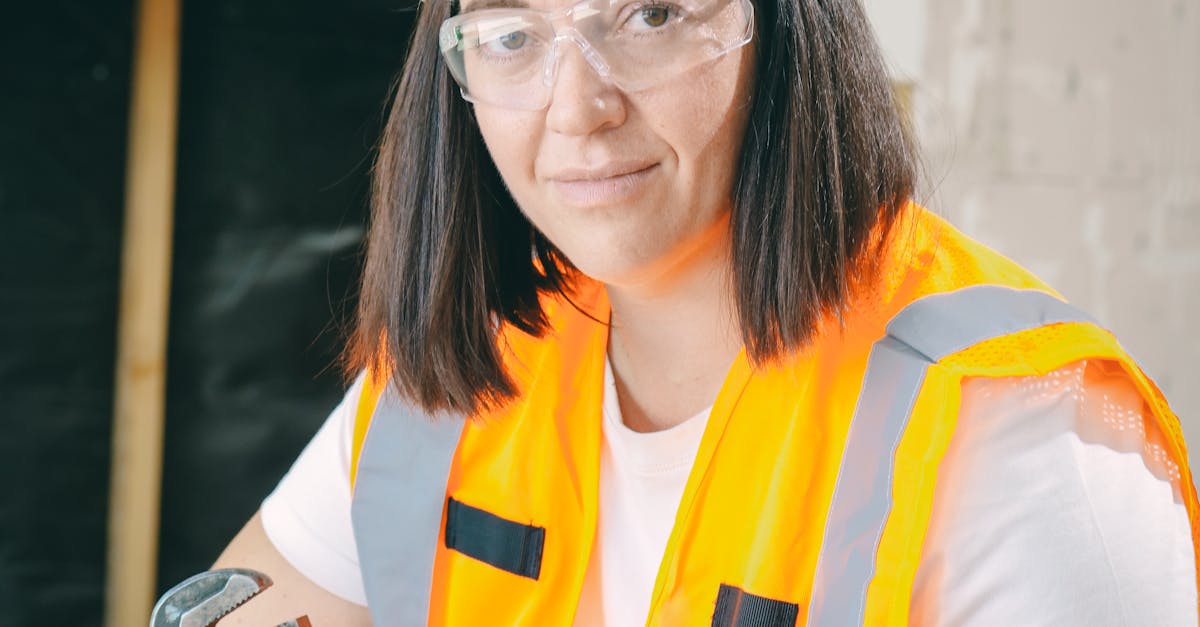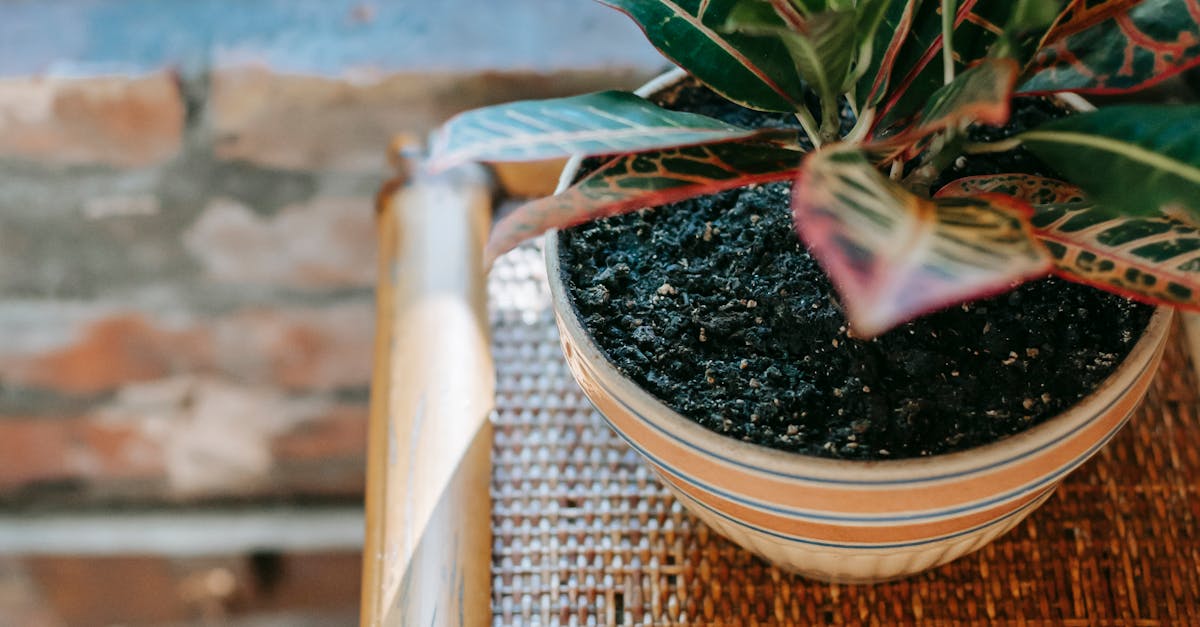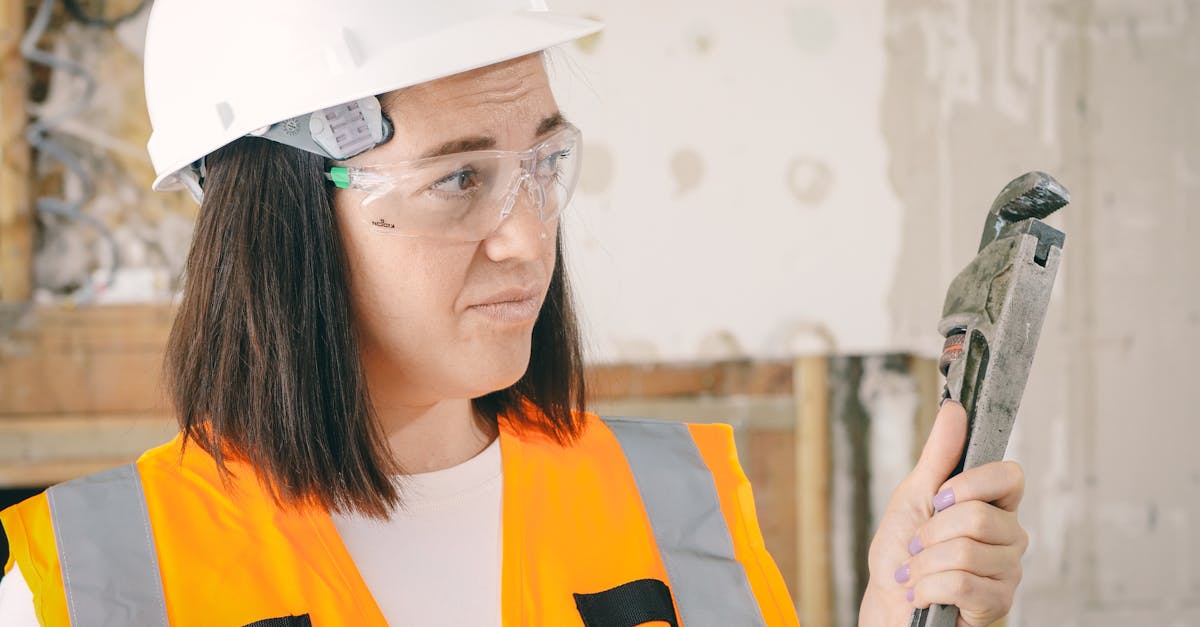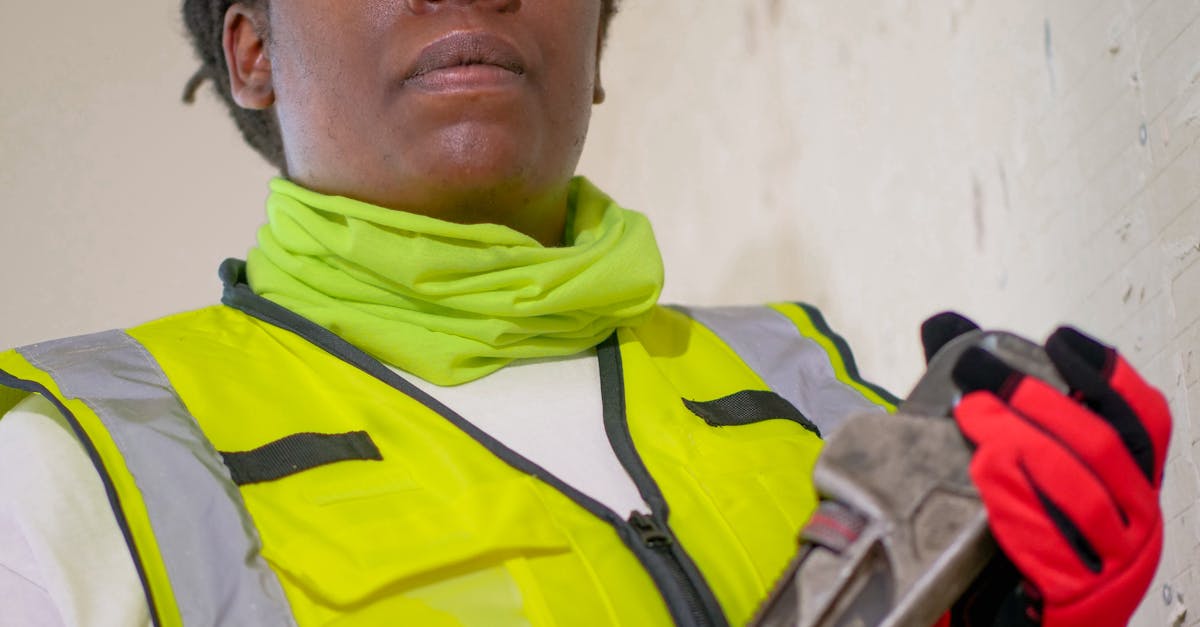
Table Of Contents
Installing the New Sink
Installing a new sink can be a rewarding DIY project that significantly enhances your kitchen or bathroom. A clear plan and the right tools are essential for success. First, gather all necessary materials, including the sink itself, mounting hardware, and plumbing supplies. Familiarise yourself with the specific requirements of your sink model to ensure a smooth installation process. Sink installation and repair often involve careful measurements and alignment to achieve a functional and aesthetically pleasing result.
Begin by removing the old sink if applicable, taking care to turn off the water supply beforehand. Ensure you disconnect the plumbing fixtures carefully to avoid damaging any components. Once the area is prepared, position the new sink according to the manufacturer's guidelines. This may require adjustments to the cabinetry or plumbing for optimal fitment. Proper installation ensures long-term functionality and reduces the likelihood of future leaks or repairs.
A Detailed Walkthrough of the Installation Process
To start the sink installation and repair process, gather all necessary tools and materials. Ensure you have a new sink ready for installation, along with mounting brackets, plumber's putty, and a basin wrench. It’s essential to turn off the water supply and drain existing connections before beginning. Removing the old sink may involve unscrewing the nuts under the sink and disconnecting the water supply lines and drain assembly. Take your time during this step to avoid damaging any surrounding cabinetry or plumbing.
Once the old sink is removed, prepare the countertop to accommodate the new sink. Clean the area thoroughly to ensure a tight seal. Follow the manufacturer’s instructions for placing the new sink, applying plumber's putty around the edge to prevent water leaks. Carefully fit the sink into the countertop cutout, securing it with the supplied hardware. Once the sink is secured, connect the drain assembly and water supply lines. Double-check all connections to confirm they are tight, but avoid overtightening, which can lead to damage.
Connecting Water Supply Lines
Connecting the water supply lines to your new sink is a critical step in the installation process. Begin by ensuring you have the right fittings for your particular water supply pipes. Depending on your plumbing system, you may need compression fittings, soldering tools for copper pipes, or push-fit connectors. Position the water supply valves properly and attach them to the sink's inlet pipes securely. This prevents leaks and ensures a stable water flow.
After tightening the connections, turn on the water supply gradually while checking for any signs of leakage. It’s important to monitor all joints and fittings as water pressure builds up. If any leaks are detected, you can easily tighten the connections to rectify the issue. Proper handling during this phase is essential not only for immediate function but also for long-term performance. Sink installation and repair handled in a meticulous manner will save you from future plumbing issues and costly repairs.
Proper Techniques for Attaching Plumbing Fixtures
Attaching plumbing fixtures securely is crucial during sink installation and repair. Begin by ensuring that all surfaces are clean and free of debris. Place the sink in position and make sure it sits evenly in the cabinet. If using mounting clips, follow the manufacturer’s instructions. Tighten them just enough to secure the sink without overtightening, as excessive force can lead to cracking.
After securing the sink, it is time to connect the faucet and any additional fixtures. Use plumber's tape to wrap the threads of the supply lines, creating a watertight seal. Attach the fixtures carefully, ensuring gaskets are in place to prevent leaks. Double-check all connections for tightness before proceeding, as this step is vital for a successful and long-lasting installation.
Sealing and Finishing Touches
After successfully securing the sink and connecting the plumbing, it's time to focus on sealing and finishing touches. This step is crucial for preventing leaks and ensuring the longevity of your installation. Begin by applying a high-quality silicone caulk around the edges of the sink where it meets the countertop. Ensure the surface is clean and dry before applying the silicone to promote better adhesion. Smooth the caulk with a wet finger or a caulking tool to achieve a neat finish, which not only looks professional but also serves a functional purpose.
Once the caulk has set, check all connections thoroughly to ensure there are no leaks. Turn on the water supply and run the taps to closely observe for any drips or issues. If everything appears to be functioning properly, turn your attention to the drain and overflow components. Tighten any loose fittings and ensure that the sink is securely in place. Proper sealing and finishing touches are vital aspects of sink installation and repair, providing peace of mind as you utilise your newly installed sink.
Ensuring a LeakFree Installation
Before completing your sink installation and repair, it is crucial to ensure that all connections are sealed correctly. When attaching the water supply lines to the sink, use plumber's tape on threaded connections. This tape helps to create a watertight seal, preventing leaks that could lead to water damage. Take your time to tighten connections securely, but avoid overtightening, as this can lead to damage.
After you have connected the plumbing, turn the water supply back on gradually. Check for any signs of leakage around the joints. If you notice any dripping, tighten the fittings slightly. Inspecting your work thoroughly at this stage can save you from potential issues down the line. It is a good idea to let the water run for a few minutes while observing for leaks, ensuring that the installation is indeed leak-free.
FAQS
Is it difficult to install a new sink myself?
The difficulty of installing a new sink can vary depending on your level of DIY experience and the complexity of the plumbing in your home. However, with the right tools and instructions, many people find it manageable to complete the installation themselves.
What tools will I need to install a new sink?
Common tools required for sink installation include a basin wrench, pliers, a screwdriver, a level, a tape measure, and possibly a utility knife. You may also need plumber's tape and sealant for connecting pipes and securing fixtures.
Do I need any special skills to install a sink?
Basic plumbing skills are helpful, such as understanding how to turn off the water supply, connect pipes, and seal joints. If you follow detailed instructions and take your time, you can successfully install a sink without specialised skills.
How long does it typically take to install a new sink?
The installation process can take anywhere from 2 to 4 hours, depending on your experience level, the type of sink, and any adjustments needed for plumbing connections.
What should I do if I encounter a leak after installation?
If you notice a leak after installing your sink, first turn off the water supply. Check all connections and fittings, ensuring they are tightened properly. If the leak persists, you may need to disassemble the connections, apply new plumber's tape or sealant, and reassemble them. If you're unsure, it may be best to consult a professional plumber.





























